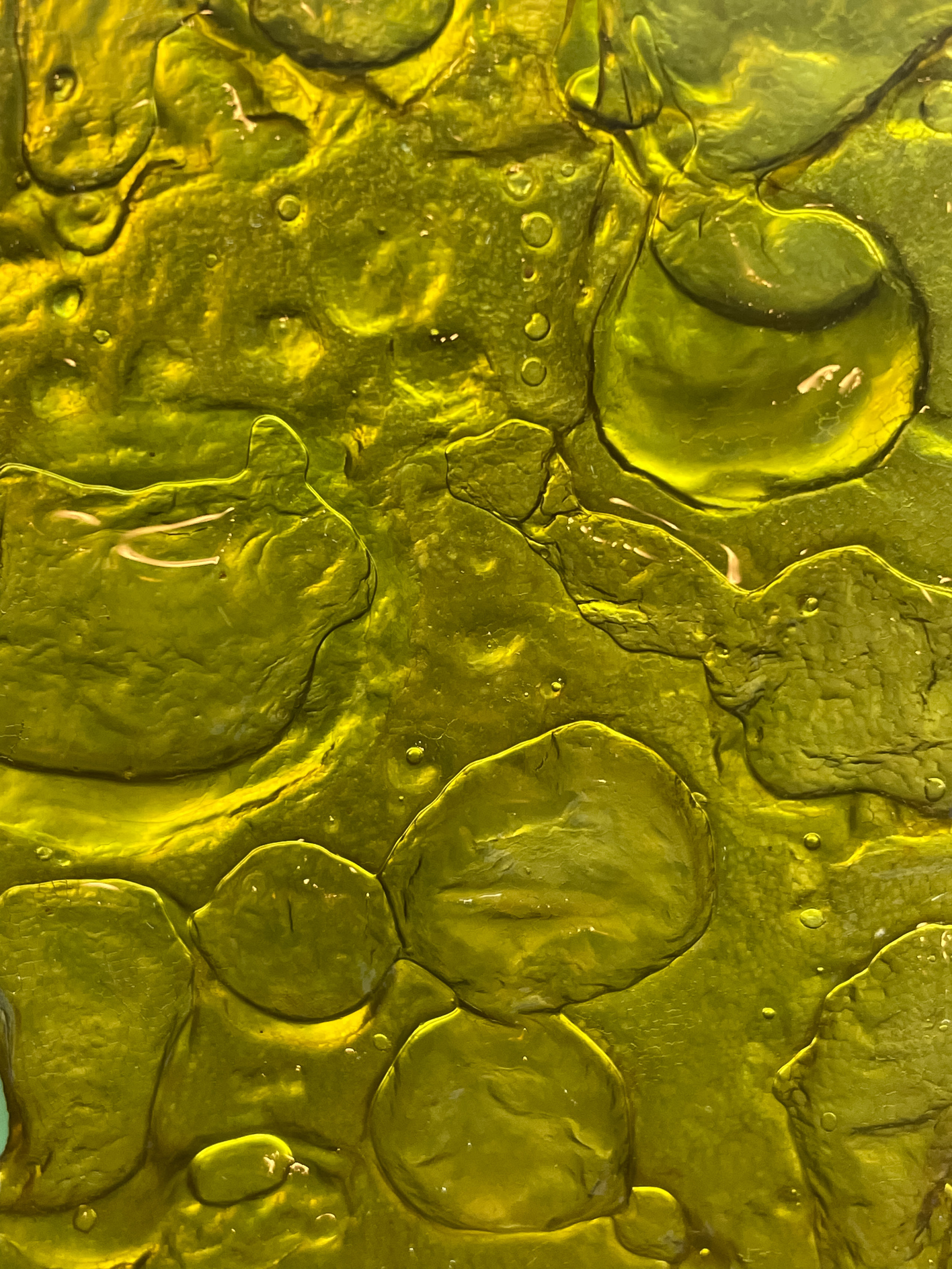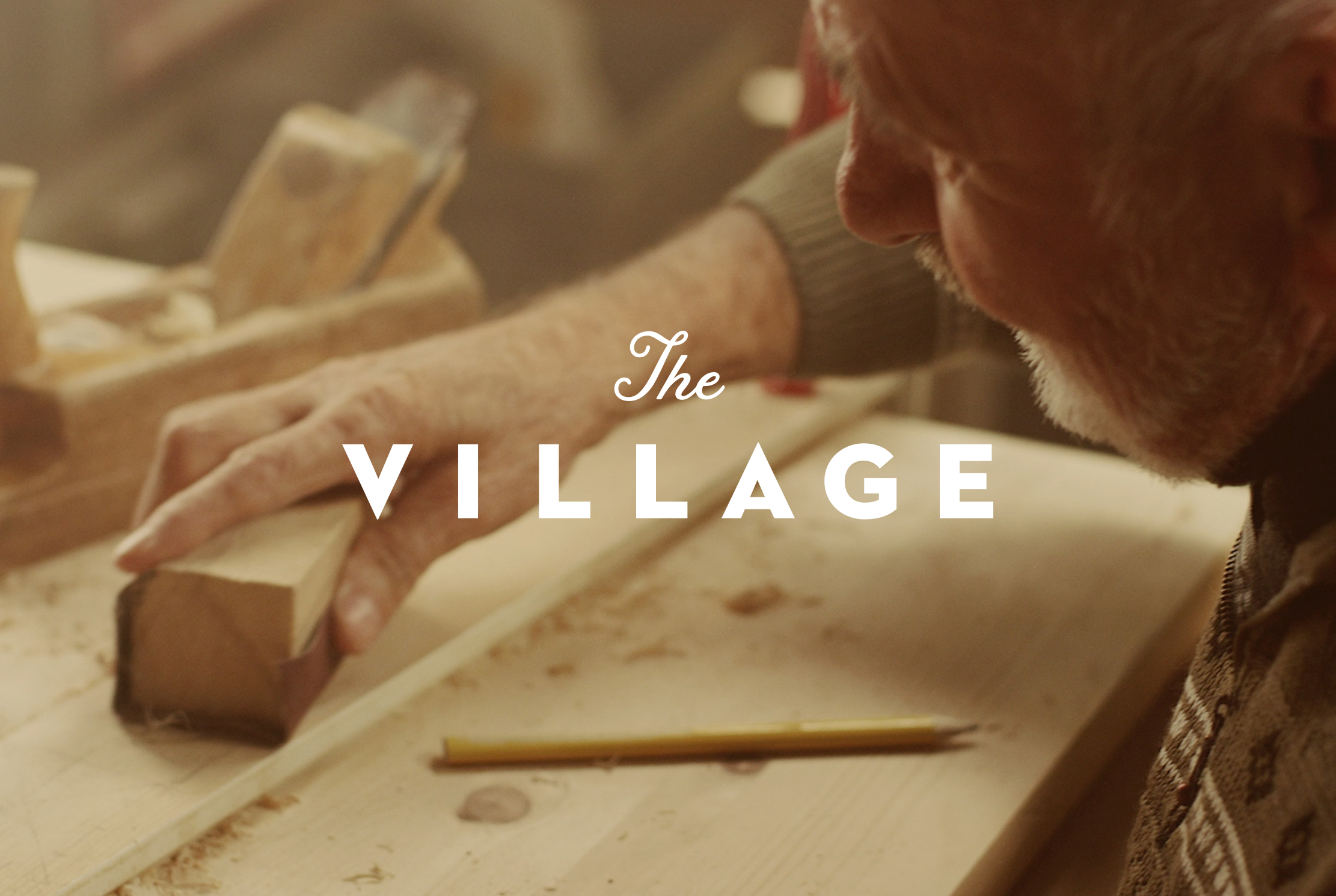“There’s a lot of competition for attention to dire topics right now: we have forest fires, climate change, political protests, social and economic inequalities, Covid, floodings, the war in Ukraine,” says Klos.
“And people have a natural inclination to avoid sickness, stress, danger, and risk. So instead of showing that things are dire for kelp, and having people feel a sense of doom, we want people to think, ‘How great would it be to do something about this?’”
We knew we needed inspiring and optimistic personality traits for the brand. And ones that are unpretentious, so the identity works against the elitist perception of academia.
We also knew we needed to show the beauty of kelp forests, and make them the hero. That’s because most people have walked in land forests, and are aware of the damage from forest fires. But unaware that kelp forests even exist — because they’re out of sight and out of mind.
And when people do know about kelp, they think of rotten, slimy stuff at the beach with flies buzzing around it. We get tangled in it when we swim. If anything, people might say, “I wouldn’t be sad if there was less of this.”
It’s easier to raise awareness of something like coral because they’re colourful, and there are playful fish around. “It’s not enough to educate people on the importance of kelp. We need to reach them on an emotional level, by showing the mesmerizing beauty of these water-based forests.” says Klos.






















